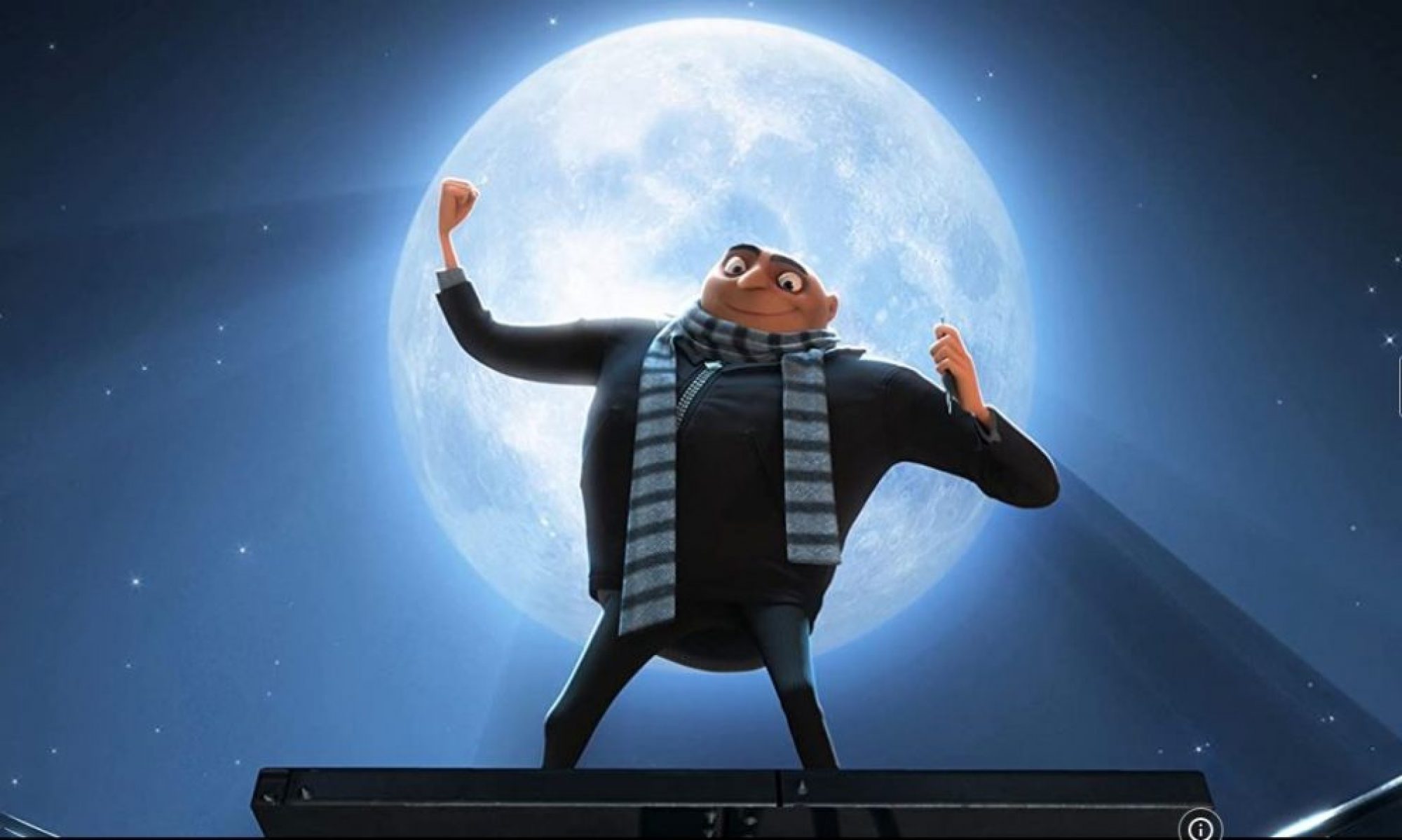A lot of good ideas came to mind and in the end I chose the one I see as a challenge, as I never animated a creature, and as an achievable project. When looking through animation mentors’ instagram page I saw an animation from a student showcase from 2019, by Leandro Adeonato.
My idea is based on this animation, in which i’ll be using ninja as a fighter and the Raptor rig from resource share.
Sinopse:
A curious ninja investagtes an ancient fight ring but suddendly the presence of a raptor surprises him and they both will fight until the ninja defeats it with great effort. When celebrating the mother Raptor appears, scared, the ninja releases a high pitched scream and runs away like a child.
The rigs I intend to use are:
Ninja, by

Raptor, by

At first I wanted to use the t-rex rig, as it is more realistic, but I’ve decided to use raptor as it is more cartoony and I want to represent a baby creature and cartoony styles have a wider range of possibility regarding expressions and movement. I went on to test the rigs and noticed that the textures for raptor are not being assigned and I can’t really fix the problem or understand whats wrong. Time to ask for help!
Building up master scene
For some reason, I’ve always liked green environments, wild with bones and somehow misterious. So my idea for the master scene would be in a wild place, like an exotic forest where the ninja is exploring an ancient fight ring, so I thought about rib bones around the fight ring and a stone tilled floor surrounded by torches and iluminated by fire.
The light source being fire might be a bit too hard to do and it is not decided yet. I do want a dark environment with strong shadows. I made a quick sketch of what I want the environment to look like:

Assets:
- stone tilled floor
- bone ribs
- exotic trees
- rocks
- bushes
- variety of plants
- torches
- ninja rig
- raptor rig 2x
From this list the only thing missing is the stone tilled floor and the torches. All my assets were downloaded from turbo squid and free3D.
Variety of plants:


Rocks:
Rib Bone structure:

When searching for this model nothing seemed to work, until I found a t-rex skeleton rig which worked perfectly for what I wanted, I removed the controls and kept the mesh.
I realised the ribs were to close to select the faces of each piece of geometry so I deleted face by face, duplicating the bones I wanted.

Master Scene:

After setting up the master scene I downloaded an hdri from HDRIHaven website and did some render tests. I did get some issues with the lights and reflections but I was able o have a better idea of what it will look like. The stone tilled floor will be modeled in maya and zBrush.
Test Render Master Scene:


